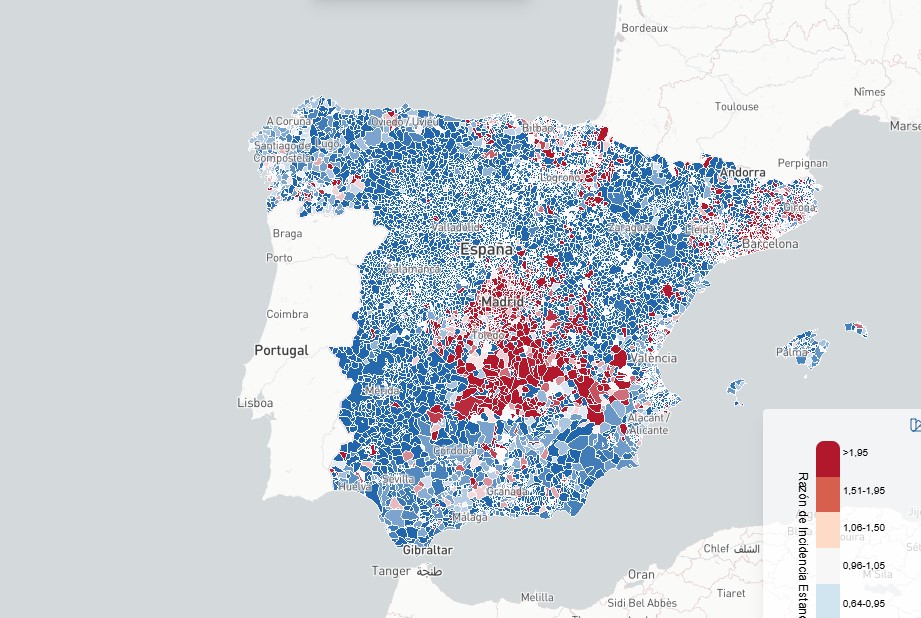The Carlos III Health Institute has published a groundbreaking Covid-19 Atlas for Spain, offering a detailed interactive map of the pandemic at municipal level and even by postcode in major cities. This innovative tool visualizes comprehensive data, from incidence and hospitalization rates to mortality and vaccination rates, to better understand the pandemic’s evolution in our country.
A Deep Dive into the Pandemic’s Evolution in Spain
Developed by a research team from the National Centre for Epidemiology (CNE), this atlas serves as a valuable instrument to comprehend the impact of Covid-19 in every region of Spain. The Carlos III Health Institute (ISCIII) emphasizes that this atlas is a “grain of sand” that allows society to follow what happened in their own areas and other regions during the various waves of the pandemic.
Detailed Data by Region, Gender, and Age Group
The interactive atlas provides information at the municipal level and, in the six Spanish cities with over 500,000 inhabitants, offers more specific data by postcode. Users can access detailed information on incidence, hospitalization rates, disease severity, lethality, and the development of vaccination rates. This data is also prepared by gender and age group for all seven epidemic waves of Covid-19, from the pandemic’s beginnings to its end.
Data Basis and Methodological Notes
All information included in the atlas originates from the epidemiological surveillance conducted by each Autonomous Community after identifying a case within the National Network for Epidemiological Surveillance (Renave). This data is collected via the Surveillance System in Spain (SiViEs) platform, managed by the CNE. Vaccination rate figures are drawn from the Vaccination Registry, created to track the campaign’s progress and managed by the Ministry of Health. However, the ISCIII warns that the data should be interpreted with “some caution,” as there may be limitations regarding reporting, the evolution of collected information, and potential biases in very small populations.




